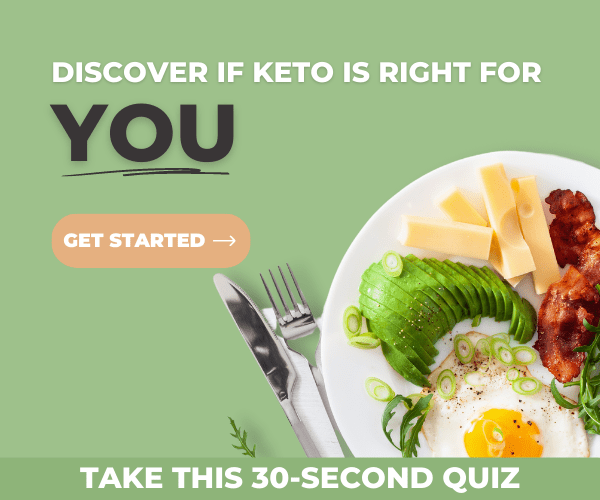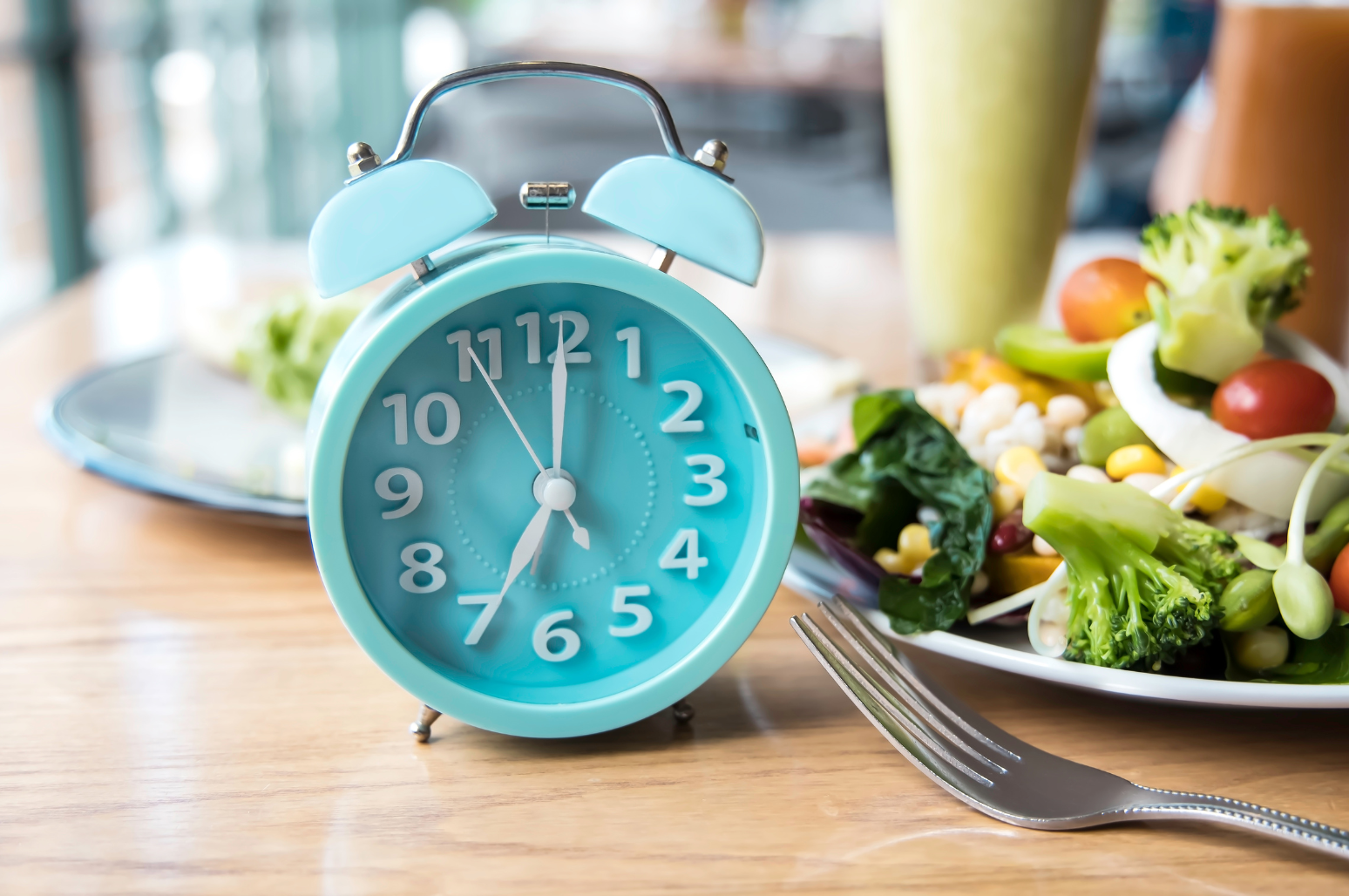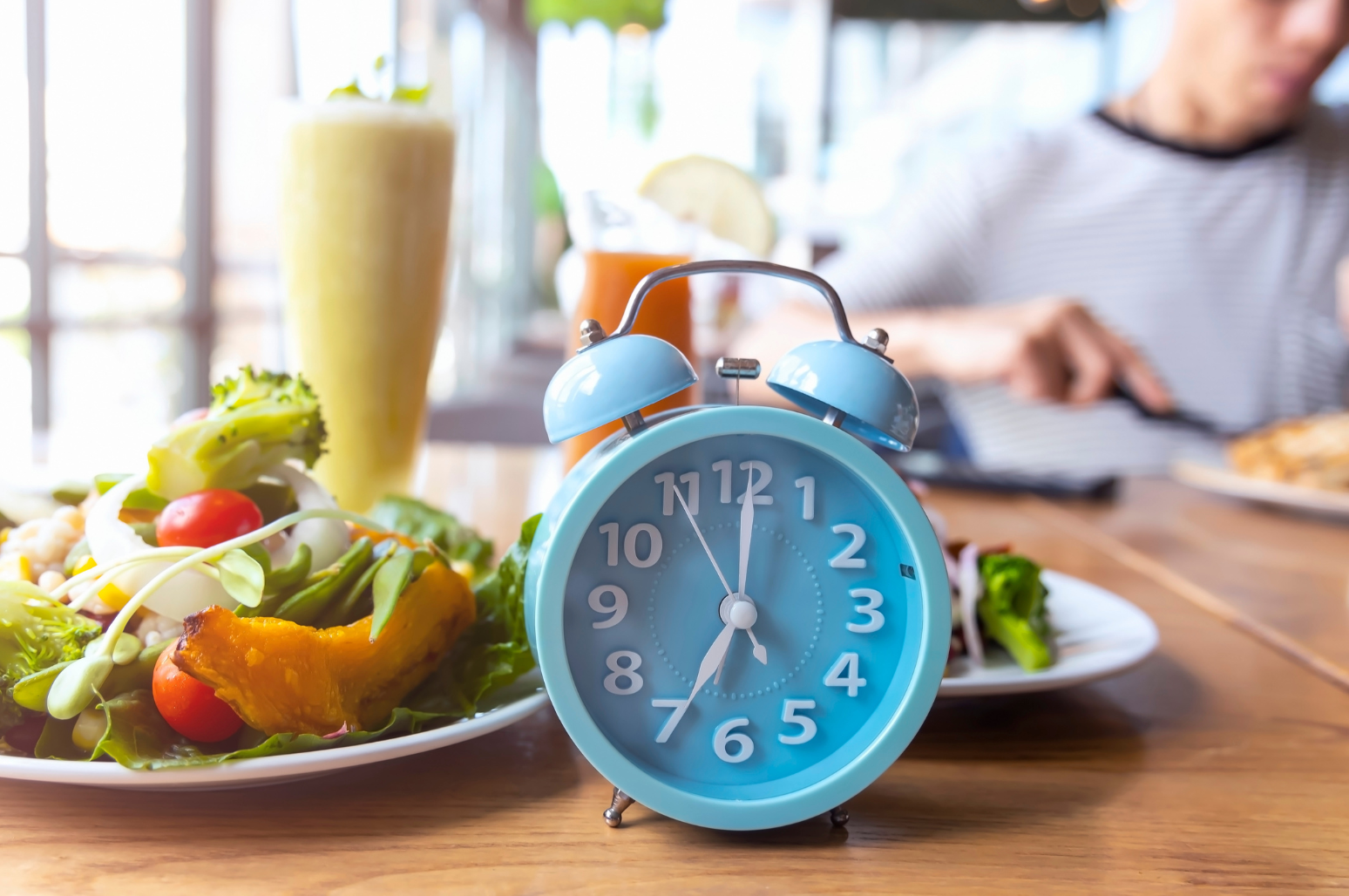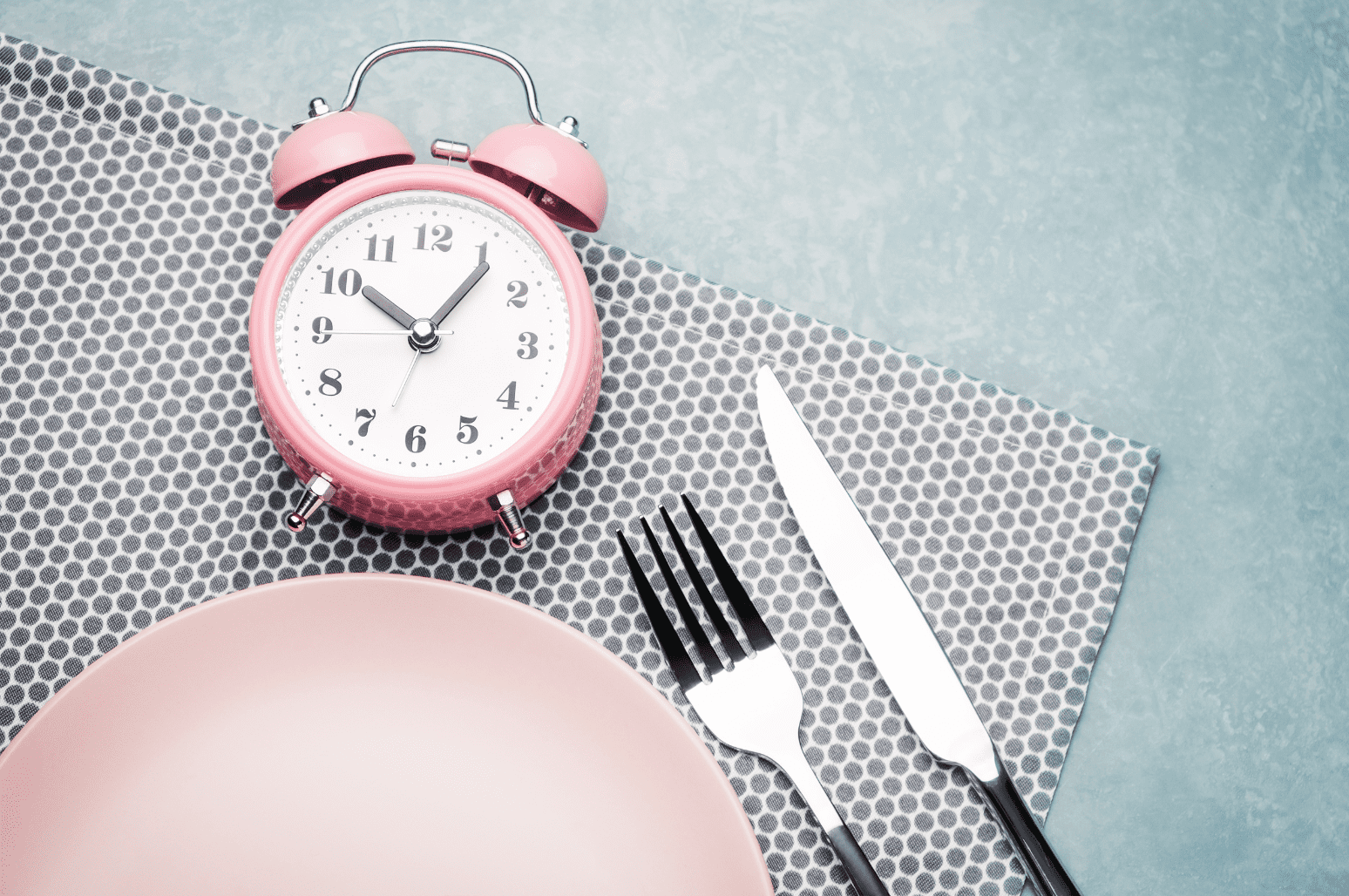
For many of us, eating out at sit down restaurants or fast food tends to turn into having a cheat meal. Prior to starting a ketogenic diet, I remember starting my restaurant meals with the best intentions, then succumbing to a carb-heavy meal by the end. Not only does it take a toll on the wallet, but on your macros, energy balance, and metabolism as well. Personally, one of my favorite parts of dining out on a ketogenic diet is that it’s so easy to maintain while on the road, or if you just happen to have a busy schedule that has you eating out frequently. To keep it simple, here are a few key tips to follow when dining out on a ketogenic diet, no matter where you are:
1. Don’t Count Every Calorie
2. Avoid Grains, Starches, and Most Fruits
 Now, let’s dive into dietary “do’s” and “don’ts” of dining out on a ketogenic diet. When eating out, you will notice that carbohydrates represent a large portion of what’s offered in the restaurant world, especially when it comes to side dishes. Remember, the goal here is keeping your carbs within anideal range. For example, let’s use the following ratios: Carbohydrates (5%), Protein (25%), and Fat (70%). Depending on your daily caloric intake, your Carbohydrate goal may be 20–30 grams/day, or even 50–60 grams/day on the high end.
There are foods you can cut out of the equation right away. For starters, a serving of anything with a medium to high glycemic value, like grains (bread, oatmeal, grits, etc.), starchy vegetables (potatoes, yams, yucca, etc.), and sweeter fruits (bananas, cherries, melon, etc.), should be avoided, due to their ability to knock you out of ketosis. Instead, focus on incorporating leafy and cruciferous greens like spinach, kale, Brussel sprouts, and lettuce, as well as fatty meats.
Although many fruits are rich in vitamins and minerals, the sugar content of most fruit is far too high for keto. This doesn’t mean fruits are “bad” for you, many of them are just not the right fit for this strategy. Whether bread and starches are “processed,” “natural,” “organic,” or “gluten-free,” they, too, are too carbohydrate dense to eat on a ketogenic diet.
Now, let’s dive into dietary “do’s” and “don’ts” of dining out on a ketogenic diet. When eating out, you will notice that carbohydrates represent a large portion of what’s offered in the restaurant world, especially when it comes to side dishes. Remember, the goal here is keeping your carbs within anideal range. For example, let’s use the following ratios: Carbohydrates (5%), Protein (25%), and Fat (70%). Depending on your daily caloric intake, your Carbohydrate goal may be 20–30 grams/day, or even 50–60 grams/day on the high end.
There are foods you can cut out of the equation right away. For starters, a serving of anything with a medium to high glycemic value, like grains (bread, oatmeal, grits, etc.), starchy vegetables (potatoes, yams, yucca, etc.), and sweeter fruits (bananas, cherries, melon, etc.), should be avoided, due to their ability to knock you out of ketosis. Instead, focus on incorporating leafy and cruciferous greens like spinach, kale, Brussel sprouts, and lettuce, as well as fatty meats.
Although many fruits are rich in vitamins and minerals, the sugar content of most fruit is far too high for keto. This doesn’t mean fruits are “bad” for you, many of them are just not the right fit for this strategy. Whether bread and starches are “processed,” “natural,” “organic,” or “gluten-free,” they, too, are too carbohydrate dense to eat on a ketogenic diet.
3. Fats, Proteins, and Fibers
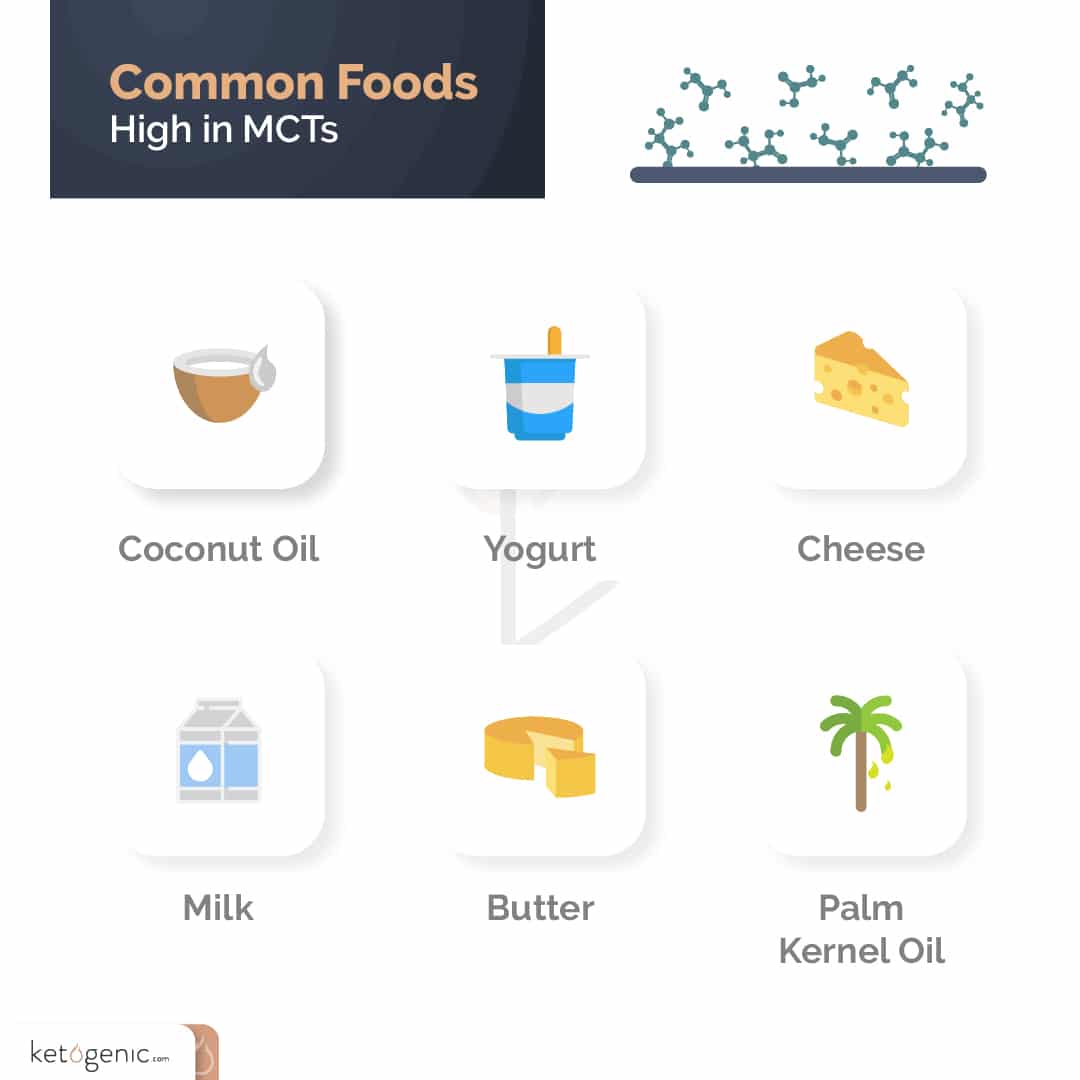
4. Get Creative with Your Order and Be Patient!
Be courageous and get creative with your order. At first, you may find yourself rummaging frantically through the menu scavenging for keto options. If the entreetypically comes fried with breading, ask if they can grill or sauté it. If it’s a sandwich, sub or burger, ask to switch the bun for a bed of lettuce. If you’re not sure about the sugar content in the sauces, ask for them on the side just to be safe. When in doubt, go extra on the green veggies.
Personal Experience with Dining Out on a Ketogenic Diet
When I first started the ketogenic diet, I made a list of not only the types of food I could eat, but which foods I liked the most. After much thought, I found that it was a lot easier to tell the server to add butter and bacon than to make sure the chef didn’t use oil and butter as I had to when I was following a low-fat approach years ago. One of the biggest concerns people have when starting the ketogenic diet is that pesky “adaptation phase,” and the fear that they won’t be able to eat out with their friends and family. They key is to do plenty of research in the beginning. You probably won’t remember every detail at first, but you will get a working knowledge of what foods you should and shouldn’t eat. After that, you will only have to look up the macros in food when you are not sure whether you can have it or not. This will result in a seamless keto experience, turning the “diet” into a lifestyle, which is the ultimate goal of any diet. When in doubt, burgers, steak, and fish, are options which tend to find themselves on the menu.References
Sacks, F. M., M.D., Bray, G. A., M.D., Carey, V. J., Ph.D, Smith, S. R., M.D., Ryan, D. H., M.D., Anton, S. D., Ph.D., & McManus, K., M.S.., R.D. (2009, February 26). Comparison of Weight-Loss Diets with Different Compositions of Fat, Protein, and Carbohydrates

